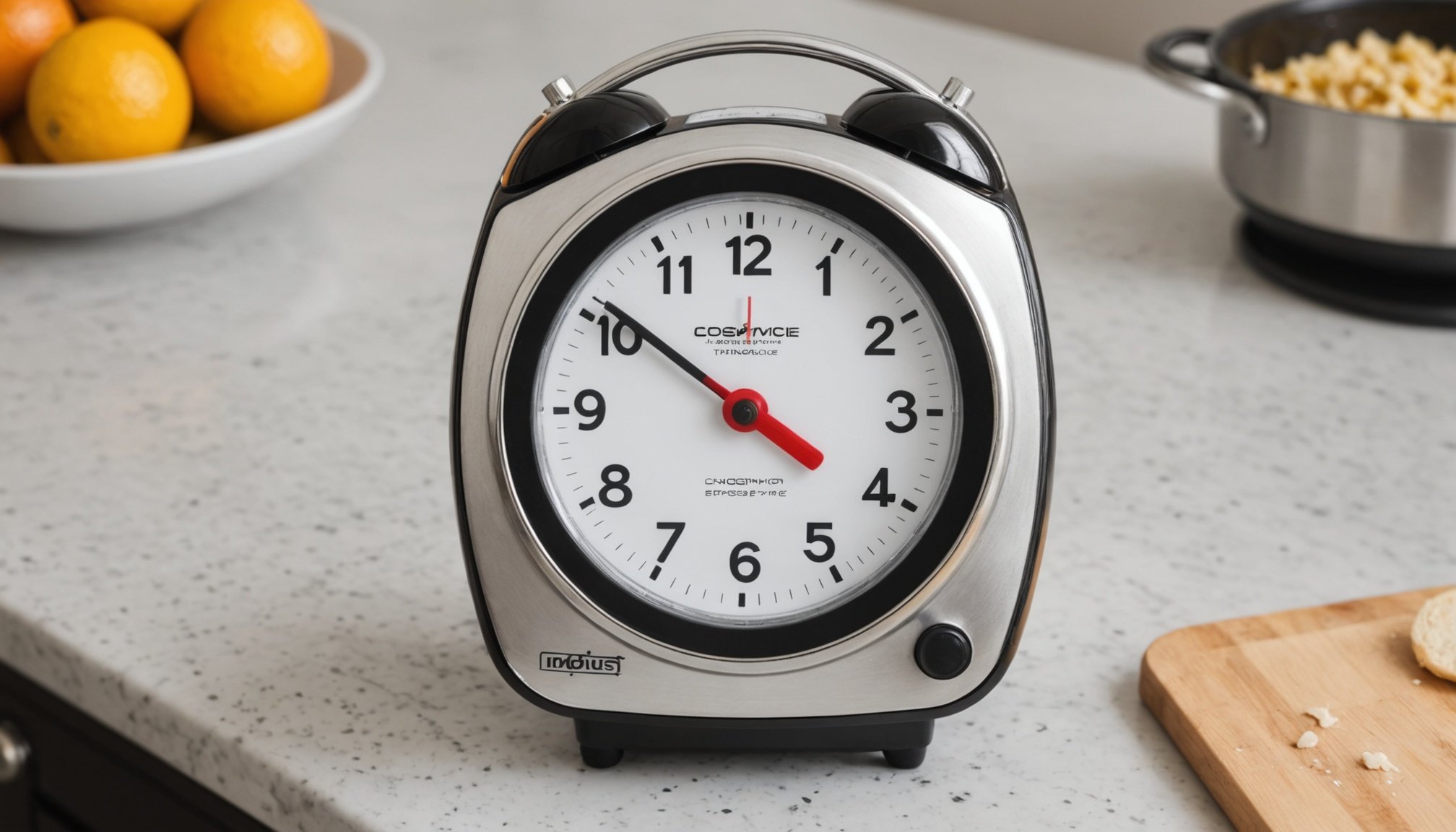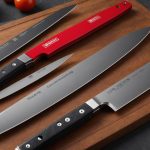Understanding Time Management in the Kitchen
Navigating the kitchen efficiently requires mastering time management, a critical factor influencing cooking success. Cooking efficiency hinges on effective scheduling and sequencing of tasks, addressing one of the most common challenges: coordinating multiple cooking processes simultaneously. Missteps in timing can lead to undercooked or overcooked meals, resulting in unsatisfactory dishes and wasted ingredients.
Time management enables cooks to devise systematic approaches, optimizing every moment spent in the kitchen. When well-managed, kitchen time yields benefits such as reducing stress and maximizing output during meal preparation. Kitchen organization plays a pivotal role, allowing quick and easy access to ingredients and tools necessary for various tasks. The clutter-free environment fosters cooking efficiency and allows for smoother transitions between steps.
Also read : Unlock the Perks of Double-Walled Espresso Cups for an Unmatched Coffee Experience
Moreover, implementing time management strategies simplifies meal preparation by breaking down recipes into manageable steps, allowing cooks to focus on precision and culinary creativity. Techniques like mise en place, the practice of measuring and preparing all ingredients beforehand, exemplify an efficient organizational strategy.
To further enhance kitchen prowess, incorporating various timers into cooking routines ensures that tasks are completed within optimal timeframes, contributing significantly to overall culinary success.
Also to read : Enhance Your Kitchen’s Safety and Order: Discover the Advantages of Magnetic Knife Strips
Types of Timers for Kitchen Use
Kitchen timers are integral tools for achieving precision in meal preparation, serving as essential allies to enhance cooking efficiency. They help avoid the pitfall of poorly-timed dishes that could ruin a perfectly planned meal.
Digital Timers
Digital timers are celebrated for their features and advantages. With clear displays and audible alerts, they provide accurate countdowns, helping cooks stay on top of their tasks. Many models offer multiple timer settings, allowing users to monitor several dishes at once. Popular models, like the ThermoPro or Taylor Precision Products, come with user-friendly interfaces and are suitable for both professional and amateur cooks.
Mechanical Timers
Traditional mechanical timers appeal to those who prefer simplicity and durability. Often more reliable in terms of battery life, they are favored for basic timing needs. Their tactile operation makes them durable for long-term use, ideal for tasks that require less precision but demand steadfastness.
Smartphone Apps
Modern timer apps provide flexibility and personalization, available for various devices. With options to customize alarms and integrate with other kitchen tools, they ease multitasking. Popular apps like Kitchen Timer+ allow easy time management, further enhancing kitchen organization through seamless technology integration.
Practical Tips for Implementing Timers in Cooking
Integrating timers into your cooking routine can transform your meal preparation into a streamlined process. It begins with understanding the different cooking methods and using timers to maintain efficiency. Whether baking, boiling, or sautéing, accurate timing ensures every dish meets desired quality.
For example, when preparing a multi-course meal, use multiple digital timers to manage each dish independently. This not only prevents overcooking or undercooking but also allows attention to intricate details that could elevate your culinary creations.
Strategically coordinating multiple dishes involves tracking overlapping steps, such as starting toasts and boiling pasta concurrently, where timing is crucial. Mechanical timers become particularly useful in making repetitive tasks automatic, offering reliability without requiring electronic maintenance.
Consider deploying smartphone timer apps for more complex meal planning. These apps are customizable and can integrate with smart kitchen appliances, sending reminders for each stage of your cooking process. By using timers effectively, you optimize kitchen organization, freeing up mental space and reducing stress during meal preparation. In effect, adopting these practical tips amplifies your cooking efficiency and overall culinary success.
Buying Guide for Kitchen Timers
Choosing the right kitchen timers is essential for enhancing cooking efficiency and achieving well-timed dishes. When selecting a timer, consider several key features that suit your cooking style. Digital timers boasting multiple settings are advantageous for cooks who manage various recipes simultaneously. These timers often come with customizable alarms, aiding precise coordination.
Price is another factor to evaluate. Quality kitchen gadgets range from budget-friendly options to more premium models. While costly timers might offer additional functionalities, basic timers can fulfill fundamental needs efficiently. Brands like OXO and Taylor Precision Products are well-regarded for their reliability and user satisfaction.
Customer reviews play a crucial role in decision-making. Insights from other users can highlight common issues or advantages, guiding you to a well-informed purchase. High-rated models generally reflect consistent performance and user-friendly designs, which are critical for seamless cooking experiences.
Ultimately, balancing features and budget will lead to a satisfactory purchase. Prioritizing essential functions over less significant attributes ensures a better fit for your kitchen needs. Remember, the best kitchen timer is one that integrates seamlessly into your cooking routine, optimizing both time management and culinary outcomes.
User Reviews and Recommendations
Understanding user experiences is crucial when selecting the perfect kitchen timer. Consumer insights reveal varied preferences, shaped by diverse cooking needs and environments.
Summary of Consumer Ratings
Popular kitchen timer models, such as the Taylor Precision and ThermoPro, consistently receive high marks for their performance. User feedback highlights key features like clear displays and reliable alarms. While digital timers are praised for their precision, traditional timers garner appreciation for their durability and simplicity. However, some users note that mechanical timers can occasionally lose accuracy over extended use.
Comparisons between different timer types focus on ease of use and technological integration. Digital models often stand out for their programmability, while smartphone apps are favored for their customizability. Ultimately, consumer ratings emphasize the importance of selecting a timer that aligns with individual preferences and cooking efficiency.
Expert Recommendations
Professional chefs often gravitate towards digital timers for their accuracy and flexibility. Culinary experts recommend models that offer multiple settings to manage complex cooking procedures effectively. They stress that, while digital options can enhance kitchen organization, combining them with trusty mechanical timers provides a reliable backup. Experts agree that a well-chosen timer enhances cooking efficiency and plays a pivotal role in creating successful dishes.







